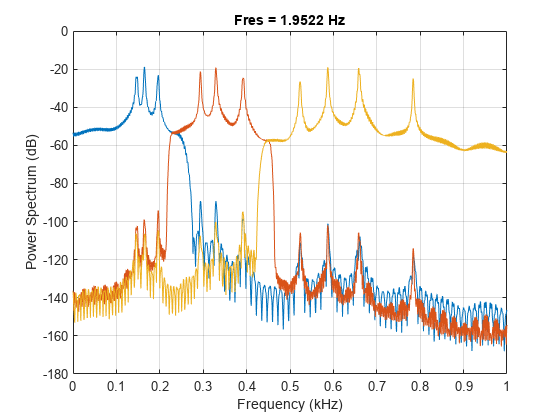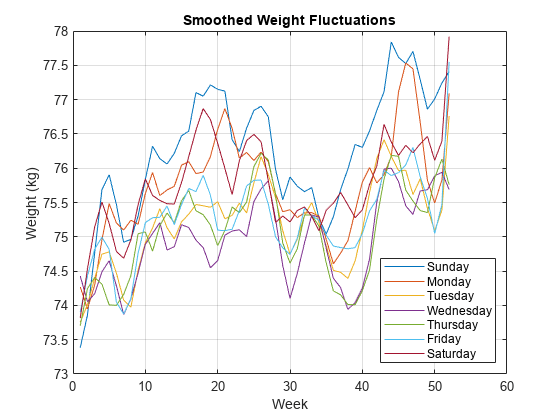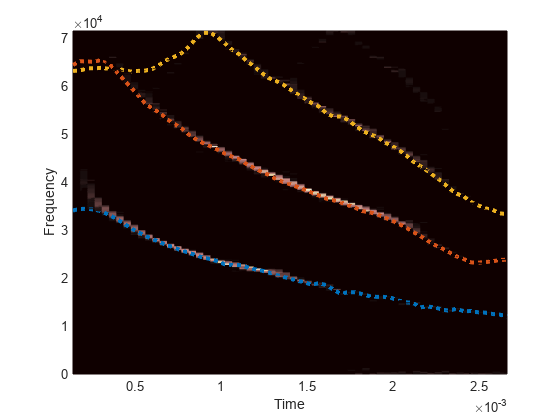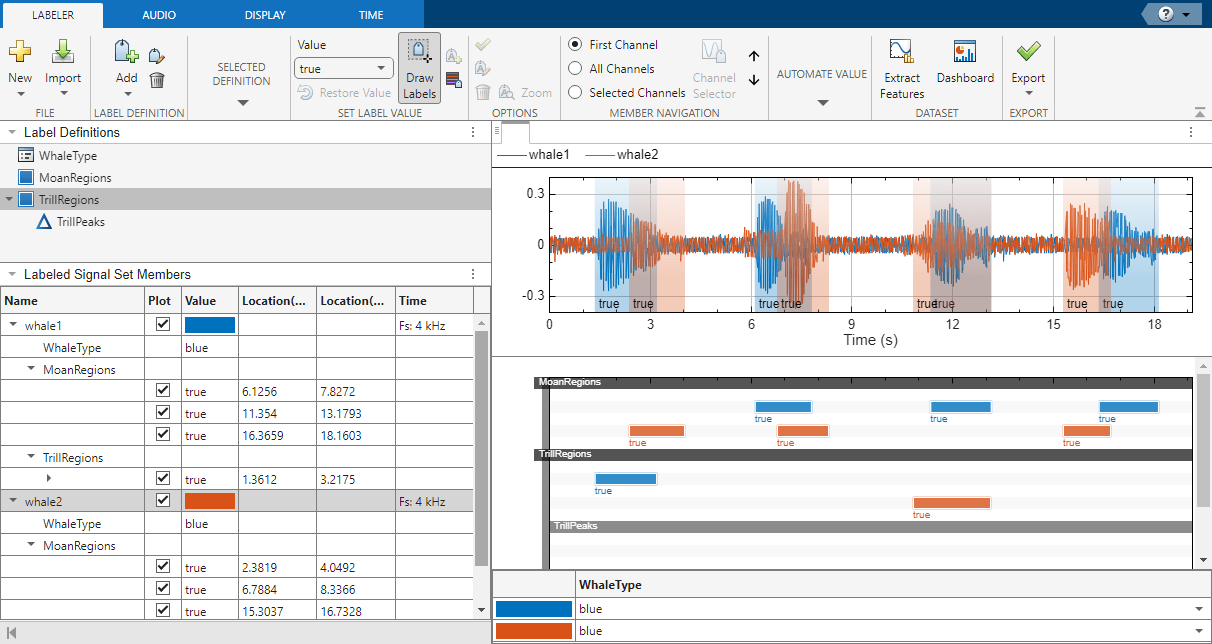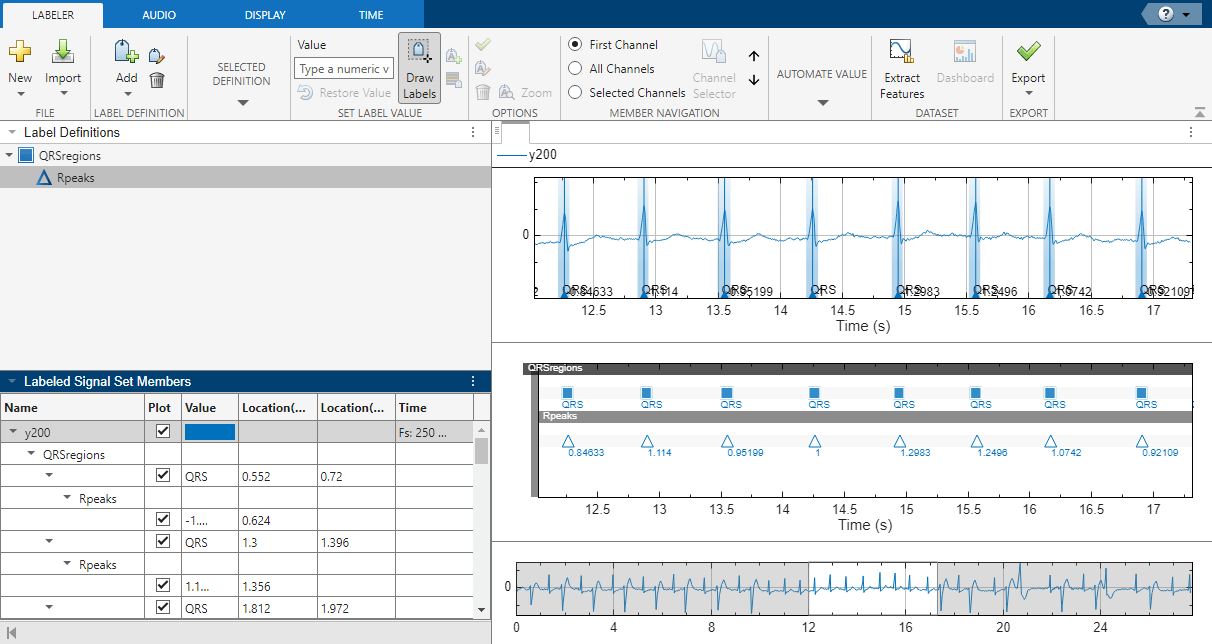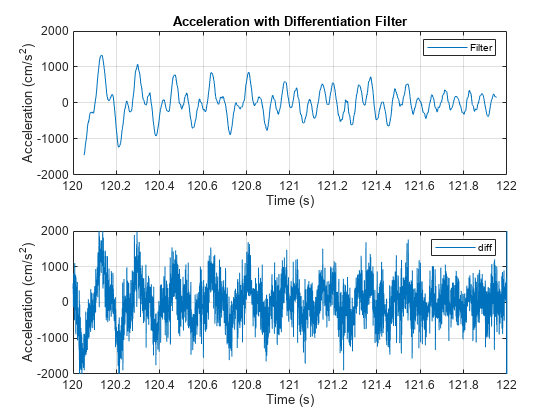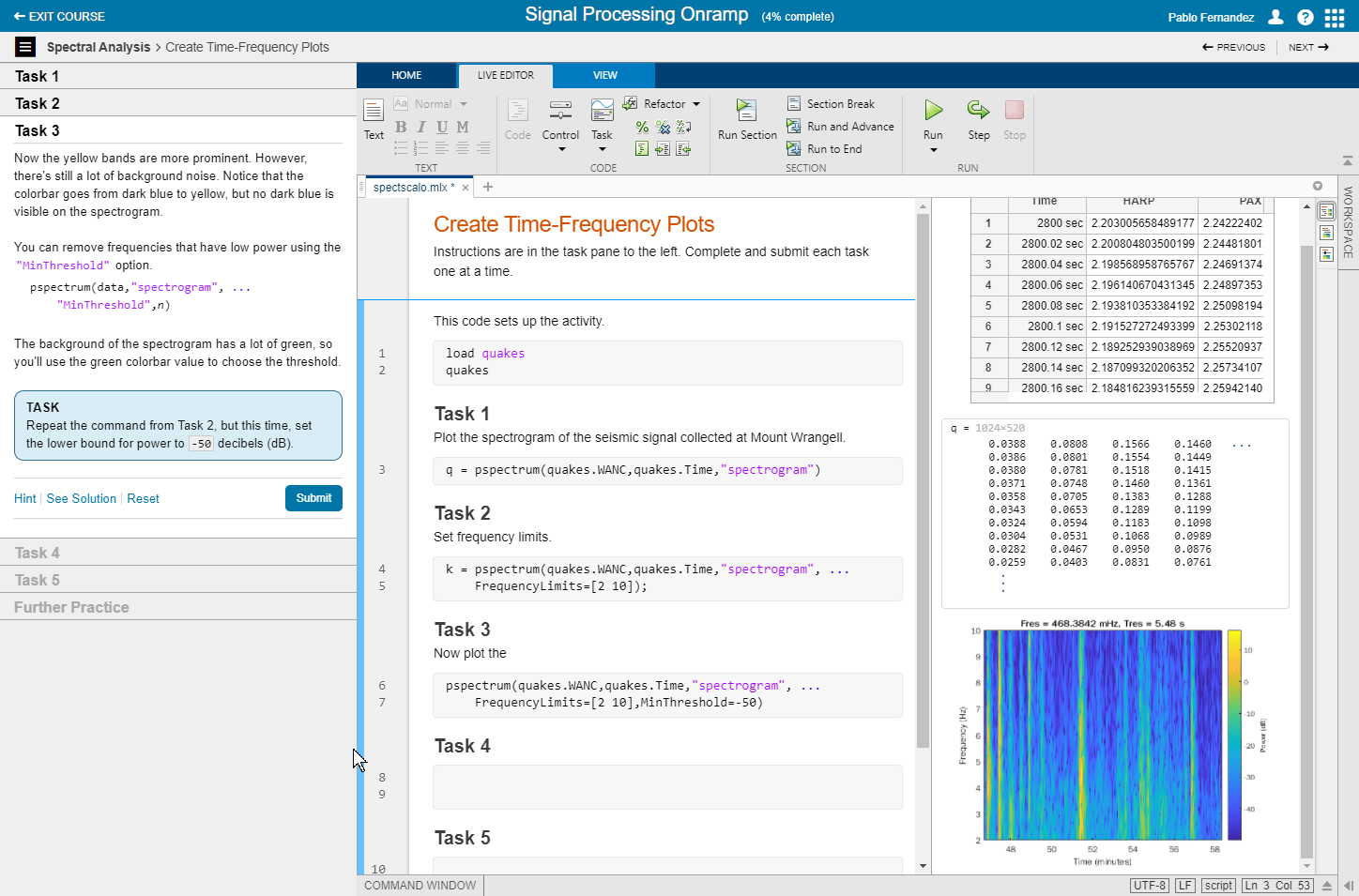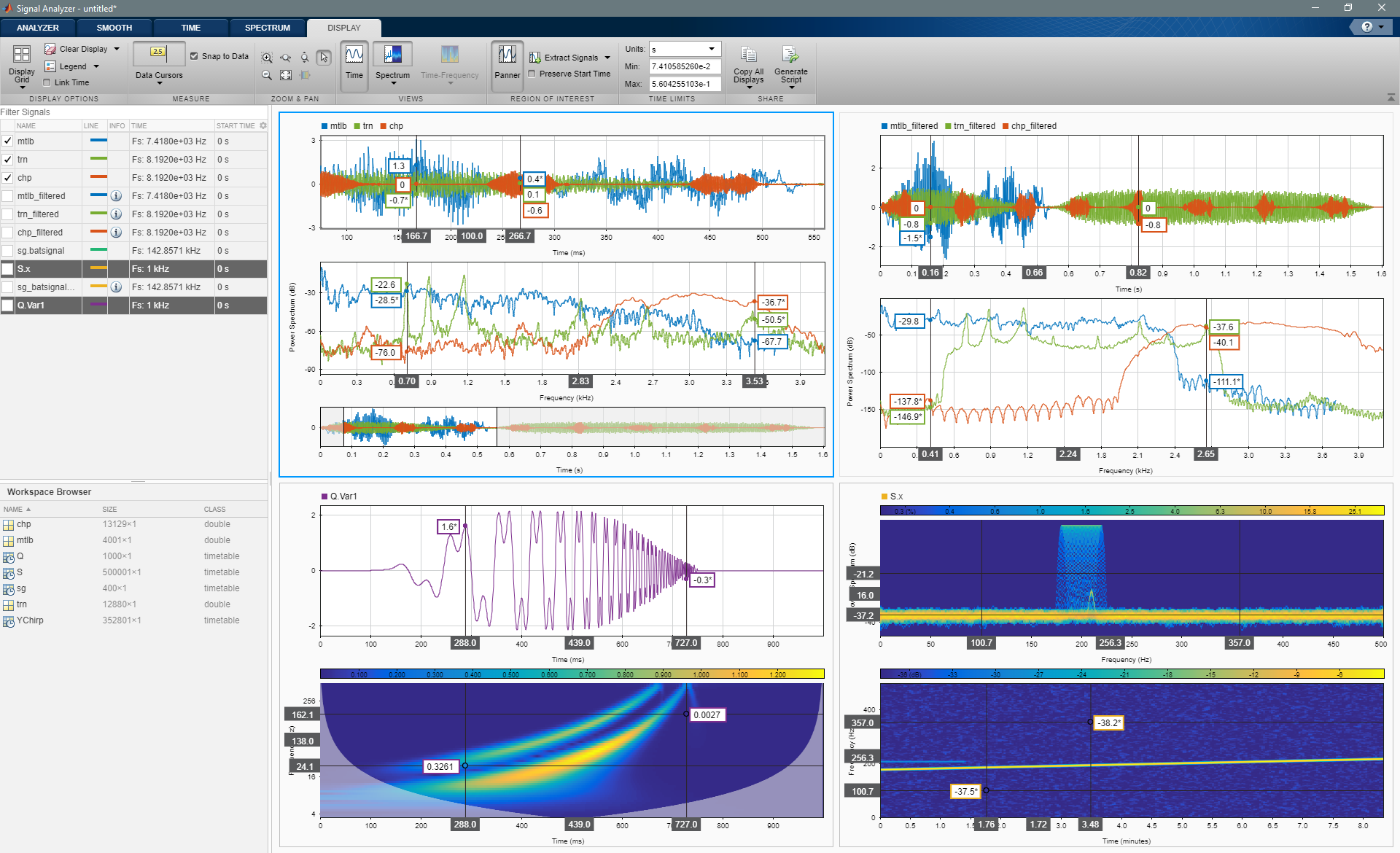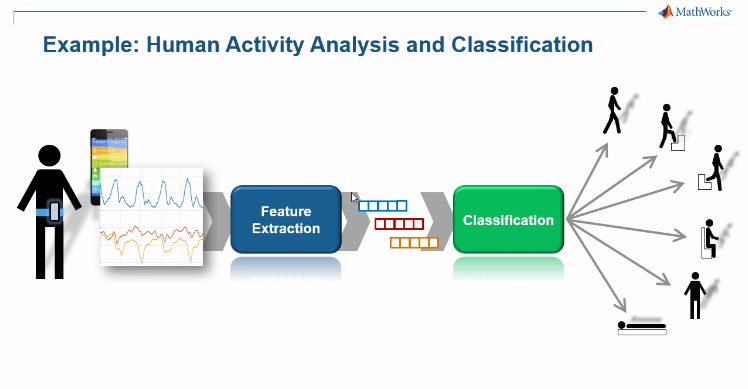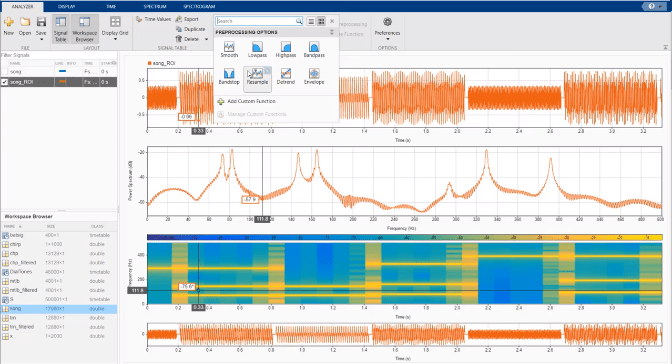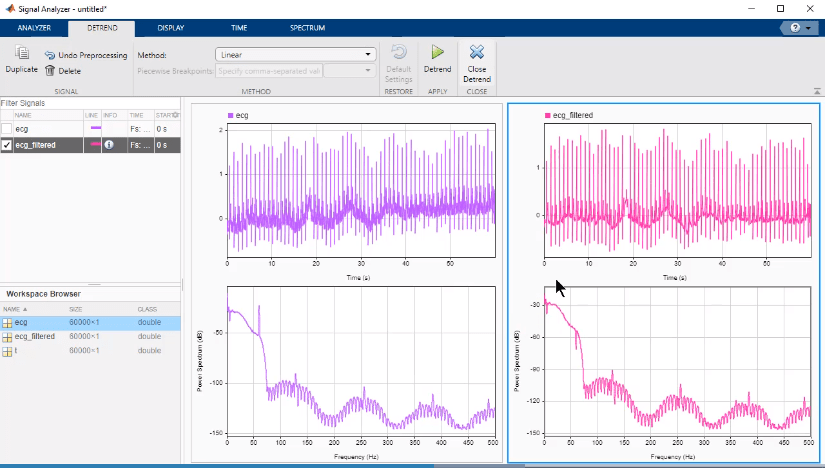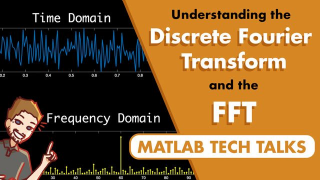Signal Processing Toolbox 快速入门
Signal Processing Toolbox™ 提供多种函数和 App,可用于均匀和非均匀采样信号的管理、分析、预处理和特征提取。该工具箱包含可用于滤波器设计和分析、重采样、平滑处理、去趋势和功率谱估计的工具。您可以使用信号分析器在时域、频域和时频域中同时可视化和处理信号。借助滤波器设计工具,您可以设计和分析 FIR 和 IIR 数字滤波器。这两个 App 都会生成 MATLAB® 脚本来再现或自动化您的工作。
使用工具箱函数,您可以通过设计降低维度和提高信号质量的特征,为 AI 模型训练准备信号数据集。您可以使用信号数据存储来访问和处理文件集合与大型数据集。使用信号标注器,您可以对信号属性、区域和感兴趣的点进行注解,以创建标注信号集。除了 C/C++ 和 CUDA® 代码生成之外,该工具箱还支持 GPU 加速,用于桌面原型构建和嵌入式系统部署。
教程
- 使用信号分析器
在时域、频域和时频域中可视化、测量、分析和比较信号。 - 将信号与不同开始时间对齐
同步不同传感器在不同时刻采集的数据。 - Compute Envelope Spectrum of Vibration Signal
Compute the envelope spectrum of a signal and combine app-generated scripts and functions into a single workflow. - 在数据中查找峰值
定位一组数据中的局部最大值,并确定这些峰值是否周期性出现。 - 数字滤波器设计实践介绍
根据频率响应设定,使用designfilt函数设计 FIR 和 IIR 滤波器。 - 数字滤波实践介绍
设计、分析和应用数字滤波器,以消除信号中不需要的内容,而不会使数据失真。 - 使用长短期记忆网络对 ECG 信号进行分类
使用深度学习和信号处理对心跳心电图数据进行分类。 - 使用深度学习进行波形分割
使用时频分析和深度学习对人体心电图信号进行分割。
分析信号
预处理信号
查找模式并提取特征
设计、分析和应用数字滤波器
将信号处理应用于 AI
精选示例
交互式学习
信号处理入门之旅
跟随我们的免费交互式入门教程,在两小时的学习中了解面向频谱分析的信号处理实用方法。
视频
什么是 Signal Processing Toolbox?
使用 Signal Processing Toolbox 执行信号处理、信号分析和算法开发。
运用信号处理和机器学习方法进行传感器数据分析
此视频展示一个分类系统,该系统能够根据智能手机生成的加速度计信号识别受试人体的身体活动。
使用信号分析器轻松进行信号分析
学习使用信号分析器在 MATLAB 中执行信号分析任务。
MATLAB 中的信号处理相关 App 简介
使用信号分析器来导入、可视化、预处理和分析心电图信号。
了解离散傅里叶变换和快速傅里叶变换
找到关于离散傅里叶变换和 FFT 算法的常见问题解答:为什么要查看 FFT 的绝对值?如何确定每个 FFT 点的频率值?bin 宽度是如何计算的?单边和双边 FFT 有什么区别?
了解功率谱密度和功率谱
学习缩放快速傅里叶变换 (FFT) 以计算功率谱、功率谱密度,并获取有关时域信号在每个频率下的真实功率水平的有意义信息。了解何时以及如何在 FFT 振幅、功率谱和功率谱密度之间进行选择。
Teaching Resources
数字信号处理:信号和滤波器设计
MathWorks 课件模块,使用 App 和交互式实时脚本讲授关键信号处理概念
